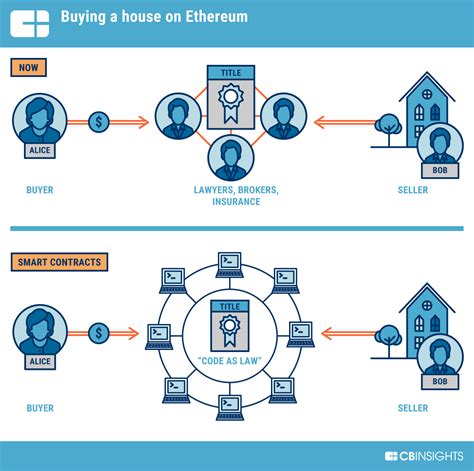The Future of Ethereum Multisig Addresses: A Comprehensive Guide
As the second largest cryptocurrency by market capitalization after Bitcoin, Ethereum has been a pioneer in developing advanced features for its users. One of the most exciting developments in recent years is the introduction of multisig addresses, which aim to change the way we interact with smart contracts on the Ethereum network.
What are Multisig Addresses?
Simply put, a multisig address is a type of Ethereum address that allows multiple signatories to control access to certain funds or assets. This is achieved through the use of a multisig wallet, which requires at least two separate addresses to authorize transactions.
How will Multisig Addresses Work?
Ethereum’s multisig feature allows users to create wallets that require multiple signatories to approve certain actions before they can be executed. This ensures that even if one or more signatories are compromised, a transaction cannot be completed without their approval.
To understand how this works, let’s break down the process:
- Wallet Creation

: The user creates a multisig wallet, specifying multiple addresses (typically 2-5) that will serve as signatories.
- Transaction Initiation: The wallet authorizer initiates a transaction on the Ethereum network using their multisig address.
- Signer Confirmation: Each wallet signer must verify and approve the transaction before it can be confirmed by the network.
- Confirmation
: Once all signatories have confirmed the transaction, it is confirmed on the Ethereum network.
Will Multisig addresses consist of multiple traditional addresses?
One possible question is whether multisig addresses will require a separate traditional address for each signer. However, the answer is no. In the current implementation of Ethereum, each signer can be a separate person, and their traditional Ethereum address can still be used to authorize transactions.
This means that users can choose to use one of the following:
- Ethereum-based multisig addresses: These are new standards for Ethereum wallets that require multiple signers (typically 2-5) using traditional Ethereum addresses.
- Other wallet types: Users can also choose to use other types of wallets, such as hardware wallets or software wallets with built-in multisig functionality.
Will it be possible to specify whether 2 out of 2 or 1 out of 3 will be required?
Another important aspect is how the user can control the number of signers required for a transaction. Currently, Ethereum implementation does not provide this flexibility. However, it is possible that future updates may include the ability to specify the number of signers required, such as:
- 2 out of 2: A minimum of two signers (and their corresponding traditional Ethereum addresses) are required to authorize a transaction.
- 3 out of 4: This would also require a minimum of three signers and their corresponding traditional Ethereum addresses.
To enable these features, users may need to update their wallet software or use third-party tools that provide custom multisig configurations.
Conclusion
Ethereum’s multisig feature has the potential to change the way we interact with smart contracts on the network. By providing a flexible and scalable solution for managing access to funds and assets, multisig addresses will allow users to build more complex and secure decentralized applications (dApps). As the Ethereum ecosystem continues to evolve, we are likely to see further developments and improvements in this area.
